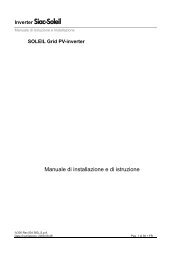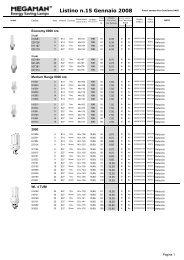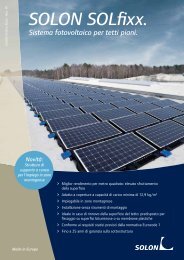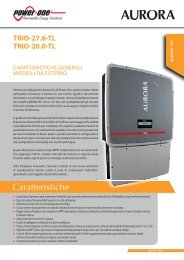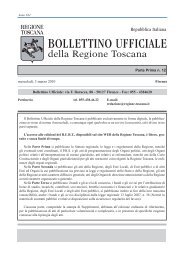Solar PV Atlas: Solar Power in Harmony with Nature - WWF
Solar PV Atlas: Solar Power in Harmony with Nature - WWF
Solar PV Atlas: Solar Power in Harmony with Nature - WWF
Create successful ePaper yourself
Turn your PDF publications into a flip-book with our unique Google optimized e-Paper software.
<strong>Solar</strong> <strong>PV</strong> <strong>Atlas</strong><br />
F<strong>in</strong>al energy (EJ/a)<br />
400 Nuclear<br />
Coal<br />
Natural gas<br />
350<br />
Oil<br />
Bio: Algae<br />
300<br />
Bio: Crops<br />
Bio: Comp.Fell<strong>in</strong>gs*<br />
250<br />
Bio: Traditional<br />
Bio: Resid.&Waste<br />
200<br />
Hydropower<br />
Geo: Heat<br />
150<br />
Geo: Electricity<br />
<strong>Solar</strong> thermal<br />
Conc. solar: Heat<br />
100<br />
Conc. solar: <strong>Power</strong><br />
Photovoltaic solar<br />
50<br />
Wave & Tidal<br />
W<strong>in</strong>d: Off-shore<br />
0<br />
W<strong>in</strong>d: On-shore<br />
2000 2010 2020 2030 2040 2050<br />
Figure 1: Global ENERGY Supply<br />
Ecofys projects that nearly all global energy needs could come from renewables<br />
by 2050. In this scenario, total energy consumption would fall by about<br />
15 per cent by 2050 compared to today <strong>with</strong> efficiency measures hav<strong>in</strong>g a<br />
stronger trend <strong>in</strong>fluence than population growth. Source: The Energy Report,<br />
December 2010.<br />
Space for humans<br />
and nature<br />
<strong>WWF</strong> strongly believes that renewable energy<br />
can develop <strong>in</strong> harmony <strong>with</strong> humans and nature.<br />
While a balanced portfolio of renewable energy<br />
sources will ultimately fill global energy needs, this<br />
atlas provides some colourful examples for one<br />
major technology, solar photovoltaic electricity.<br />
A series of maps gives a high-level perspective<br />
on how renewable energy development, human<br />
development and biodiversity conservation can go<br />
hand <strong>in</strong> hand. The nature of this exercise is not to<br />
analyse where exactly solar parks should be developed<br />
or to discuss which specific areas should be<br />
protected but simply to illustrate how much space<br />
would be required for the development of solar <strong>PV</strong>.<br />
As reference we also highlight currently identified<br />
biodiversity hotspots, protected areas, and areas<br />
where high numbers of people now live.<br />
On a macro level, no country or region must<br />
choose between solar <strong>PV</strong> and space for humans<br />
and nature. Quite the opposite. As climate change<br />
threatens humans and the environment, it is more<br />
important than ever to work for the efficient and<br />
wide-scale adoption renewable energy generation<br />
facilities which are sited and operated responsibly.<br />
8





